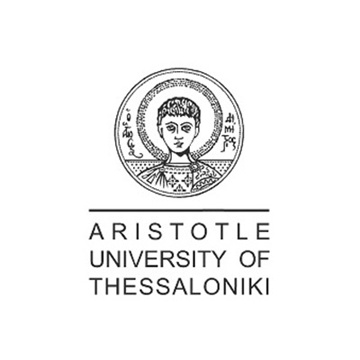History
The city of Thessaloniki Greece was founded in 315 BC by King Cassander of Macedonia. It got its name from Thessaloniki, wife of Cassander and half-sister of Alexander the Great. Thessaloniki, in Greek, actually means the “victory of the Thessalians”.
Roman times
Soon it became an important urban center because of its location, it got fortified and after the Romans had conquered Greece, in the 2nd century BC, it became the capital of one of the four Roman districts of Macedonia. The Romans built a spacious harbor and set the foundations for the city’s flourishing. In the 1st century AD, Thessaloniki had a Jewish community. Later on, the Apostle Paul would preach in the Jewish synagogue, establish a Christian church and write two letters to the Christian community of the city, known as the Epistles to the Thessalonians.
Byzantine times
After Constantinople was made the capital of the Byzantine Empire, Thessaloniki would progressively turn into the second largest city of the whole Empire. The population started to increase and trade was the main occupation of its residents. Unfortunately, a severe earthquake in 620 AD damaged the Roman market and many buildings. However, the city managed to recover in the decades to come. In the seventh century, the Slavs tried to occupy Thessaloniki but they failed.
In 904 AD, the Saracen pirates of Crete attacked the city and took 22,000 people as slaves. In 1204, after the Crusaders had conquered Constantinople, they also conquered Thessaloniki. However, the Byzantines managed to gain it back in 1246. It is actually remarkable how Thessaloniki, through all this hassled period, managed to maintain a large population and flourishing commerce. The churches of that period, their frescoes and the scripts of some scholars illustrate an intellectual and artistic development.
Ottoman occupation
The Byzantine Emperors of the early 15th century were unable to protect the city from the Ottoman Empire and sold it to the Venetians. However, the Ottomans managed to siege Thessaloniki in 1430. They reformed the Castle and built many mosques and baths, some of which survive till today. Although the city suffered five centuries of Turkish occupation, its development didn’t stop and people would take advantage of the Ottoman reforms. The population continued to increase and consisted of Greek Orthodox people, Muslims, and Jews.
Liberation
Thessaloniki was set free from the Turks on October 27th, 1912, during the First Balkan War. King George, I of Greece settled in Thessaloniki to stress onto the Greek possession of the city and got murdered near the White Tower in March 1913. In 1916, in the middle of World War I, Eleftherios Venizelos, the Greek prime minister, launched the Movement of National Defense, formed a new government and made Thessaloniki the capital of the Greek state, to show both his disagreement with the pro-German king of Greece and also Greece’s support to the Allied forces.
Recent times
In 1941, during World War II, the Nazi Troops got into the city and their occupation lasted until 1944. Their bombs destroyed a large part of the city and most of the Jewish population was slaughtered. When the war ended, the city was rebuilt and became a modern European city. The industry and trade developed in the decades that followed. On June, 20th, 1978, an earthquake of 6.5 degrees on the Richter scale destroyed many buildings, even some Byzantine monuments, and killed forty people. Once again, Thessaloniki managed to recover.
In 1988, the Early Christian and Byzantine sites of Thessaloniki were declared by UNESCO as World Heritage Monuments and in 1997, it became the European City of Culture. Today, Thessaloniki is a modern city with a flourishing economy and a strong connection to its glorious past, through the many ancient sites around the city.
History
Monuments
Museums
Daily Life
Shopping
Religious Services
Food and local products
Leisure activities
Short trips
Festivals/entertainment
Libraries
InspireEurope
Welcome Guide




